The Policeman´s Beard is Half Constructed
Kunst im Zeitalter künstlicher Intelligenz
22 Sep - 19 Nov 2017
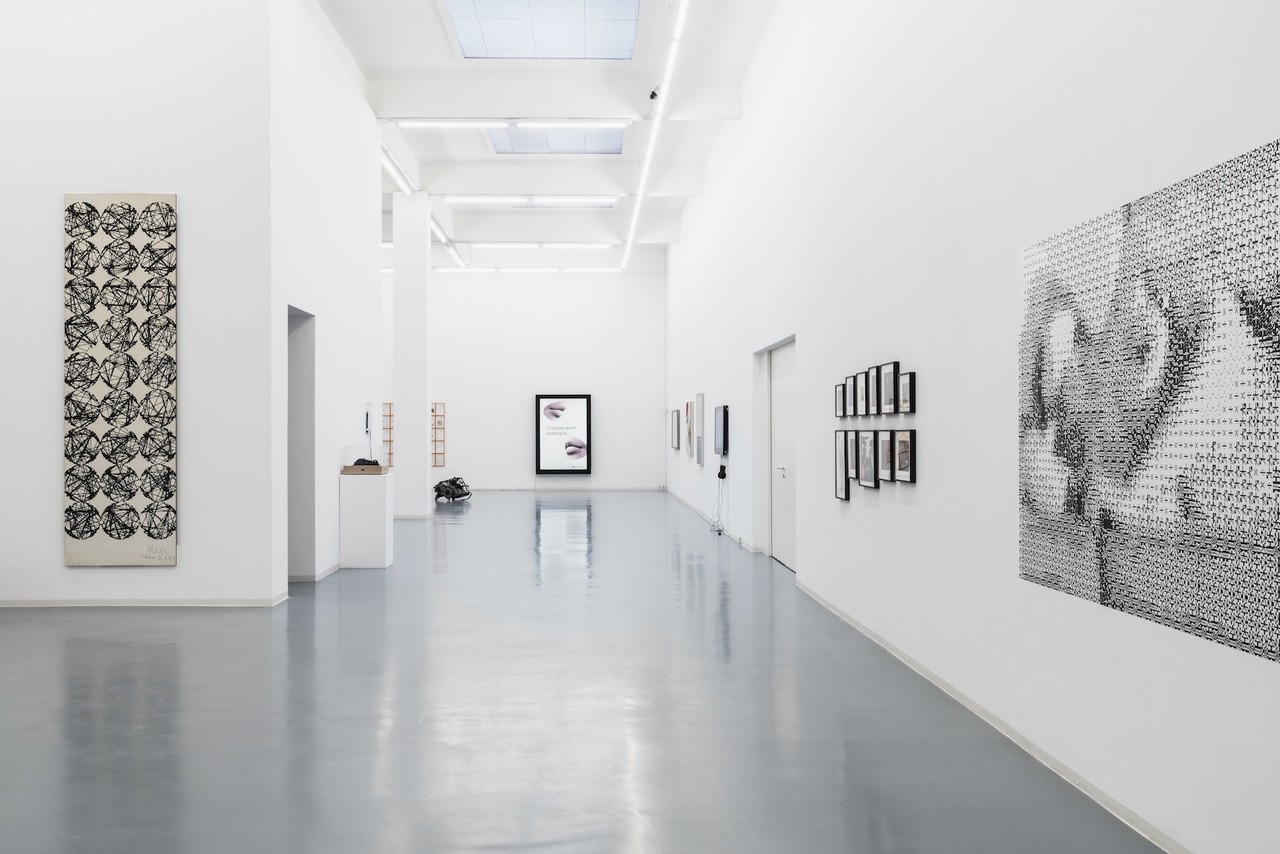
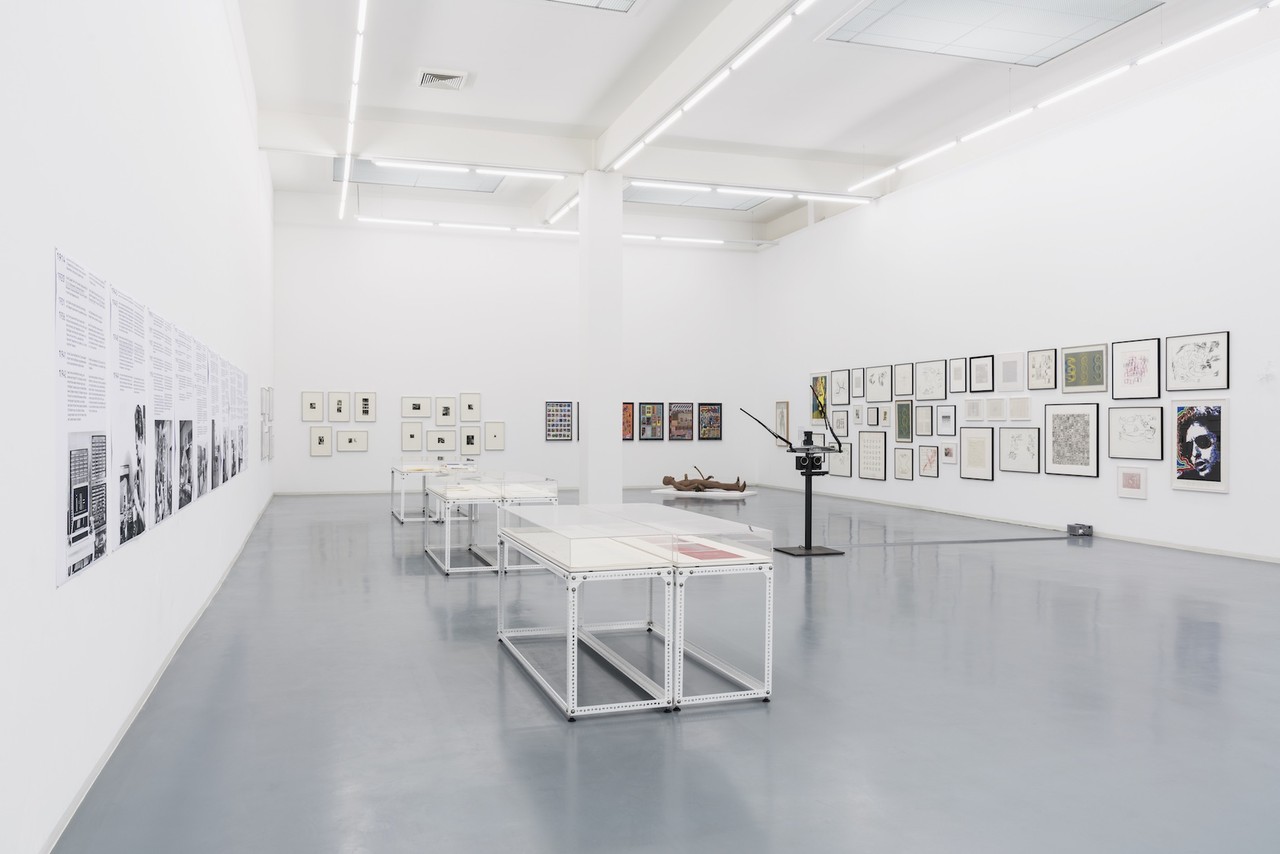
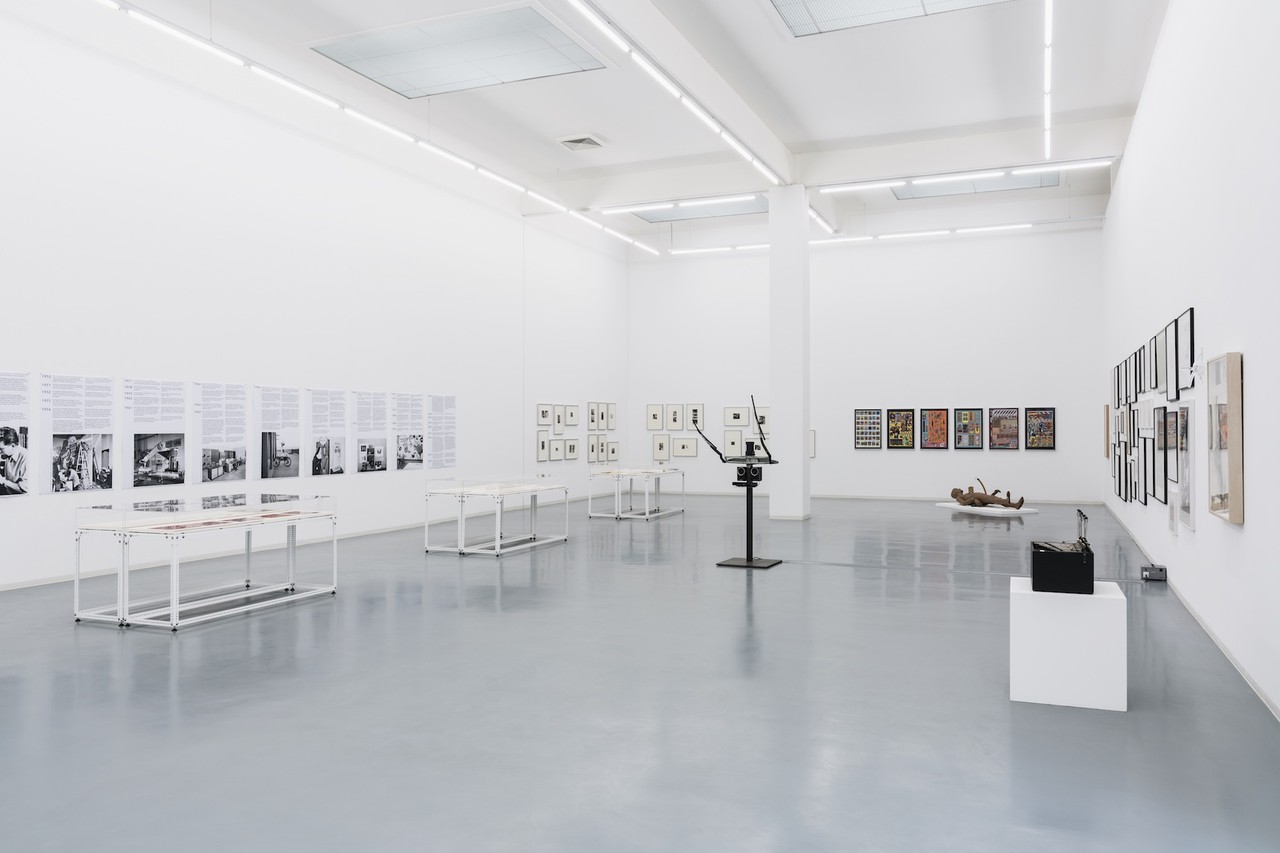
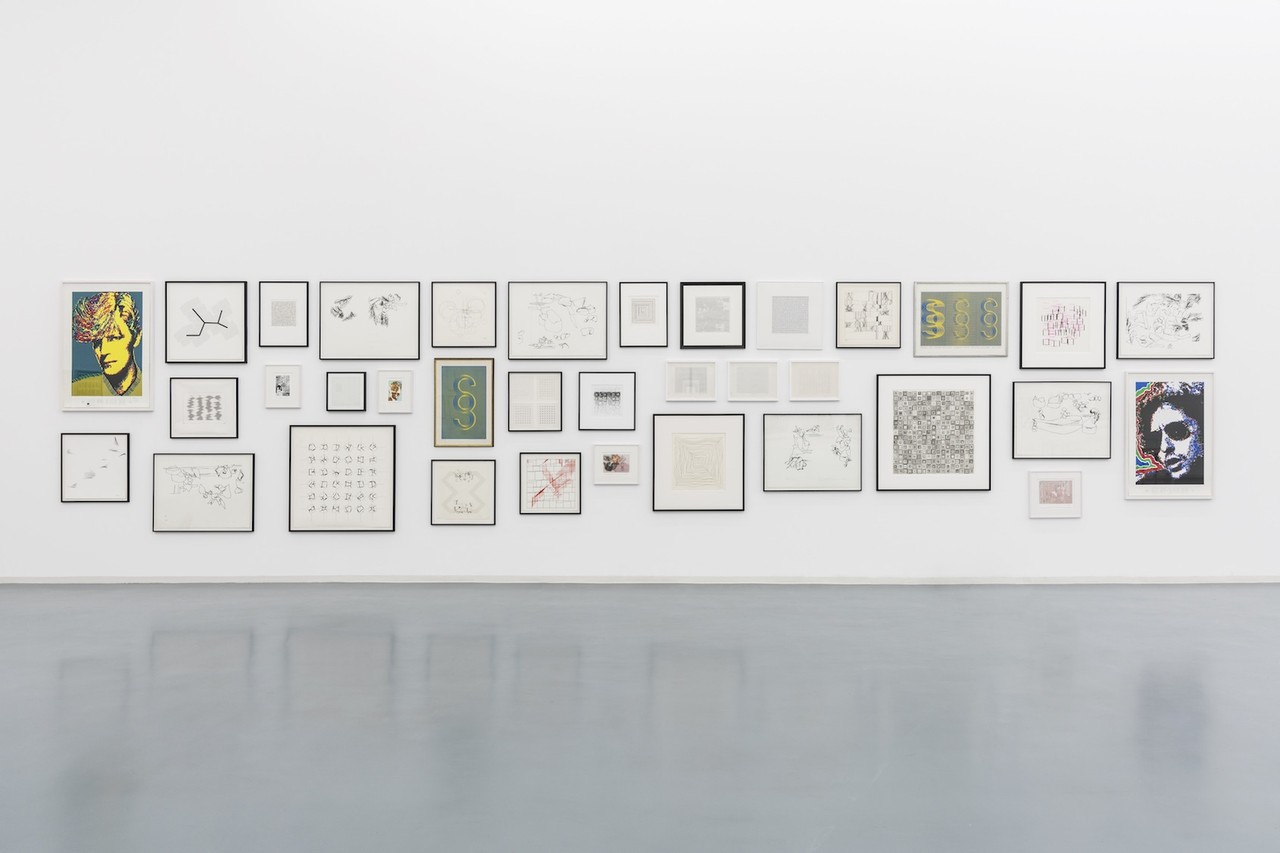

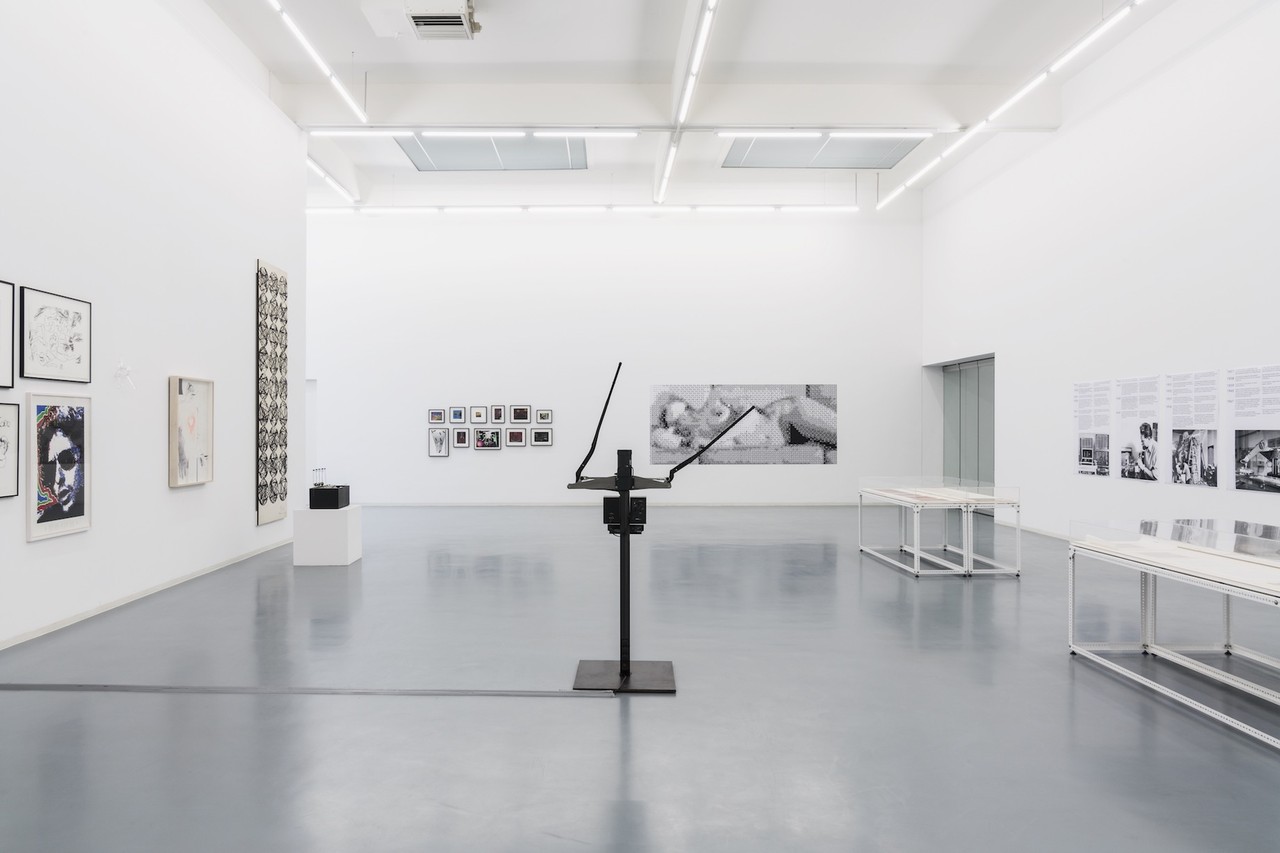
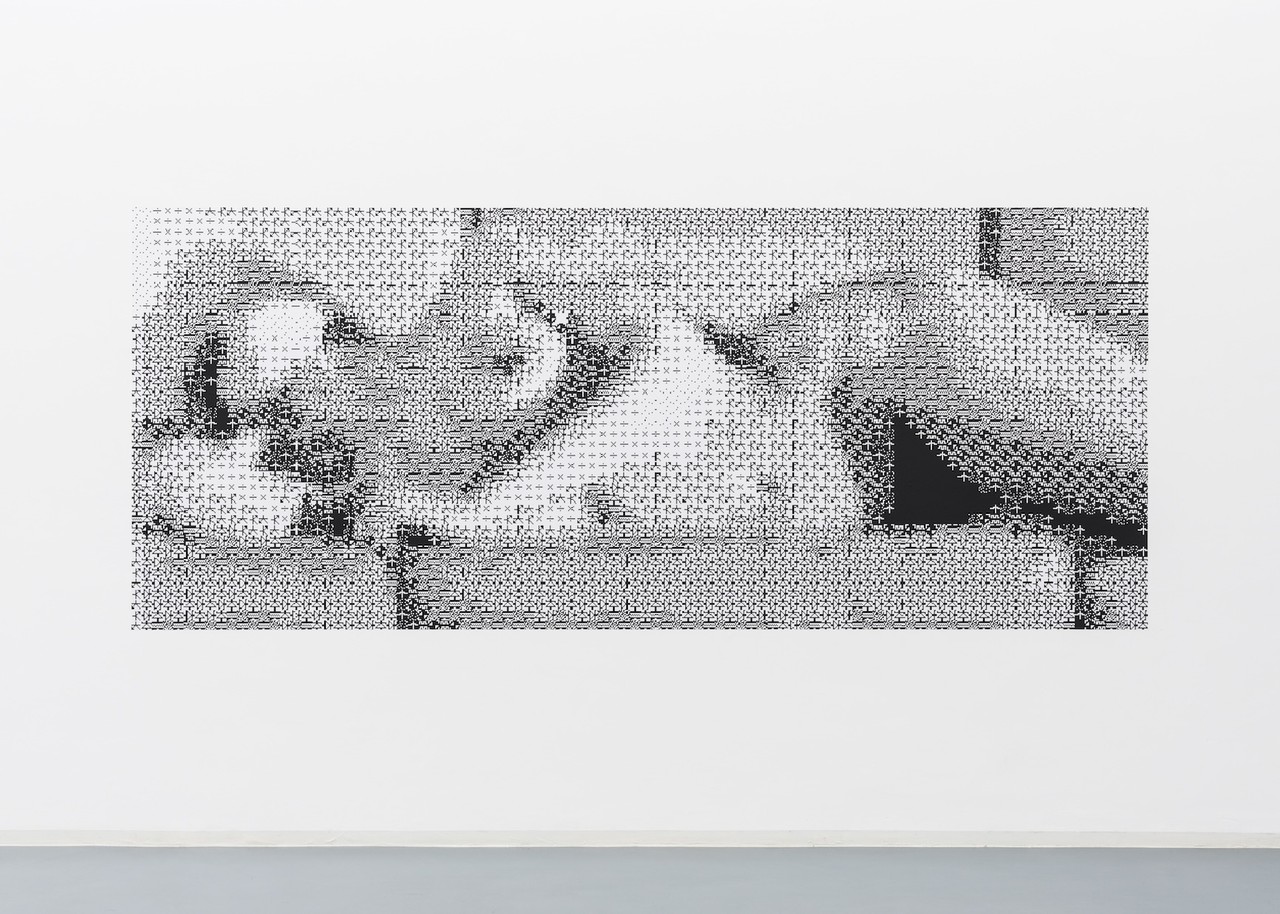

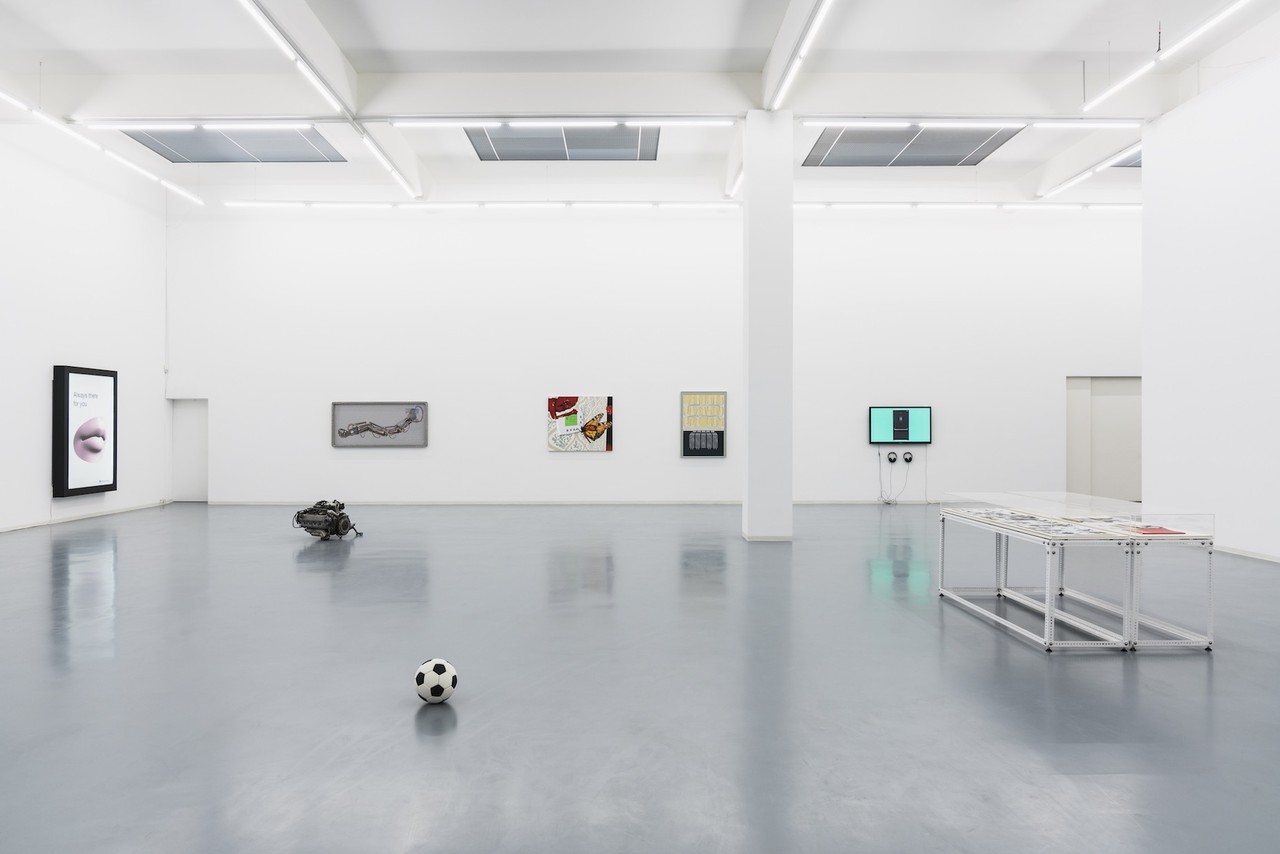
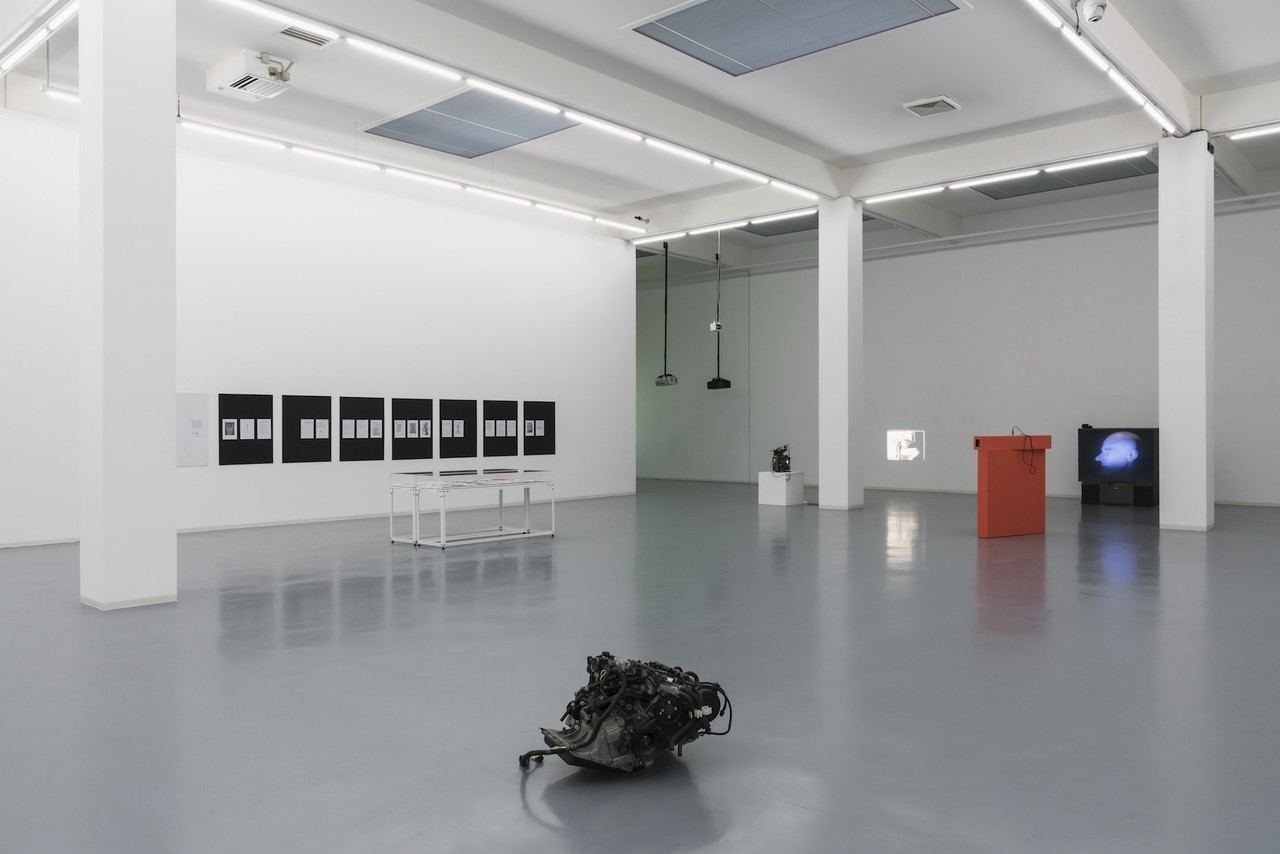
Kunst im Zeitalter künstlicher Intelligenz
22 September - 19 November 2017
Ed Atkins, Horst Bartnig, Thomas Bayrle, Otto Beckmann, Steven Claydon, Harold Cohen, Aleksandra Domanović, Frederick Hammersley, Lynn Hershman Leeson, Roger Hiorns, Charlotte Johannesson, Sture Johannesson, Joe Jones, Jamian Juliano-Villani, Alison Knowles, Kenneth Knowlton & Leon Harmon, Agnieszka Kurant, Mark Leckey, Hilary Lloyd, Lou Cantor, Tatsuo Miyajima, Manfred Mohr, Vera Molnár, David Musgrave, Frieder Nake, Georg Nees, Henrik Olesen, Eduardo Paolozzi, Yuri Pattison, Seth Price, Lillian Schwartz, Keith Tyson, Stan VanDerBeek, Anne-Mie Van Kerckhoven, John Whitney, Ulla Wiggen.
Titled after the first book ‘written’ by a computer, ‘The Policeman’s Beard is Half Constructed’ surveys art engaged with the age of artificial intelligence.
The term ‘Artificial Intelligence’ was coined by the computer scientist John McCarthy in 1955. A year later he assembled scientists and mathematicians at Dartmouth College, New Hampshire for a research project exploring the principle that ‘every aspect of learning or any other feature of intelligence can in principle be so precisely described that a machine can be made to simulate it’.
This exhibition includes both historical and contemporary artworks made between 1961 and 2017. Incorporating drawing, sculpture, painting, print, installation and film, it features some of the earliest examples of computer-generated art including works on paper by Frieder Nake and Georg Nees who were amongst the first to exhibit computer drawings in 1965. Other early works include John Whitney’s abstract film, ‘Catalog’ (1961) that was made on an analogue computer built from Second World War anti-aircraft equipment. The exhibition also presents a selection of seminal films made by both Stan VanDerBeek and Lillian Schwartz at Bell Telephone Laboratories, New Jersey, in the 1960s and 1970s.
The notion of creative or thinking machines is explored in a diverse range of artistic production: the 1960s Fluxus music machines of Joe Jones. The work of ‘Aaron’, a computer programme created by the artist Harold Cohen in 1973. The films and prints produced by Anne-Mie Van Kerckhoven during a residency at the Laboratory for Artificial Intelligence in Brussels. More recent works include the conceptual output of Keith Tyson’s Art-Machine (1990 – 2000).
The exhibition also features artworks by Aleksandra Domanović and Henrik Olesen that specifically reference the history of Artificial Intelligence and other new and recent works by Agnieszka Kurant, Lou Cantor, Yuri Pattison and Tatsuo Miyajima that draw on emerging AI technologies and research. These are presented alongside artworks by Ed Atkins, Steven Claydon, Roger Hiorns, Jamian Juliano-Villani and Mark Leckey amongst others, whose output can be seen to reflect upon the human condition within the context of rapid technological change.
Comprising over 100 works by 36 artists from 14 countries, the exhibition is the largest to be presented at the Kunstverein in 30 years. It is supported by Kulturstiftung des Bundes, Stiftung Kunst der Sparkasse in Bonn and the Polish Institute, Düsseldorf.
The exhibition catalogue will be launched at a special symposium on 15 November.y.
